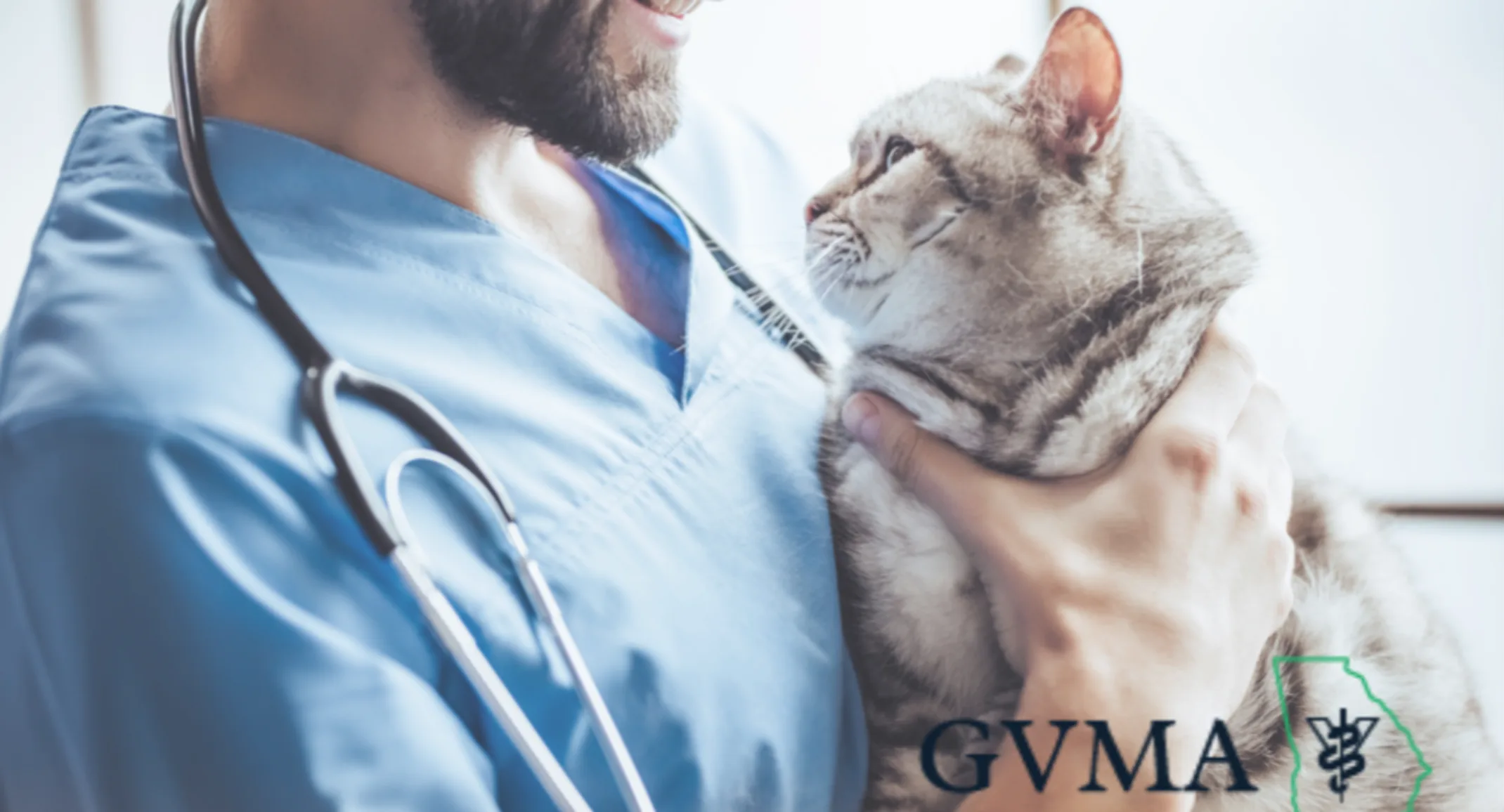Tips for Giving Oral Medications to Dogs and Cats
General

Some Things to Remember:
Some dogs and cats take their medicine with ease while most will need coaxing or coercion.
Stay calm no matter what! Your pets can sense your stress which will make them more nervous.
It may take several attempts before you are successful. Be patient!
Praise and reward after your pet successfully takes their medicine.
No matter how difficult it may be to get your pet to take medication, it is important to follow your veterinarian’s instructions carefully. Ask for clarification or a demonstration if needed.
Pills or Capsules
Ask your veterinarian if your pet’s medication can be given with food.
Pills and capsules can often be hidden inside pieces of canned food, peanut butter, cheese or some other delicacy; however, some pets will sniff out the pill and refuse to eat the treat or eat around the pill.
If your pet is one to avoid the pill or capsule even when hidden in food, hold the pet's muzzle and place the pill as far back on the tongue as possible. Quickly close the mouth and stroke the throat or blow gently into your pet’s nostrils while holding their mouth closed. This will encourage your pet to swallow.
Keep an eye on your pet for a few minutes to ensure they don’t spit the pill out.
If your pet still has a hard time swallowing or the medicine cannot be given with food, you will have the unpleasant job of poking the pill down your pet's throat. You may find it easier to keep a large dog from wiggling away by straddling it and holding its shoulders steady between your knees. Make sure not to put your weight on the dog’s back, but instead keep yourself up on your knees. A smaller pet may be better handled by kneeling beside it or facing it.
A well-trained, normally well-behaved animal is not likely to bite its owner. However, a very sick or injured pet may not be on its best behavior. To avoid being bitten, try slipping your pet's lips over its own teeth while holding their muzzle. Animals are unlikely to bite their own lips so this can offer protection for your fingers.
For dogs that are biters, there are pilling devices that may be used to extend the pill into the back of the mouth without danger.
Liquids and Syrups
Sit beside the animal rather than in front to provide better control and minimize the chance of being spit up on.
Fill the syringe or dropper with medication before beginning.
Insert the syringe or dropper between your pet’s teeth and cheek.
Close your pet's mouth around the syringe and tilt the head back slightly.
Administer the liquid in an even movement toward the base of the tongue or along the side of the teeth towards the back of the mouth.
Close your pet’s mouth and stroke the throat or blow gently into their nostrils.
With veterinarian approval, liquid medication may also be given by adding it into a scoop of canned dog food and water stirred together into a gravy-like consistency.
Because cats generally don’t like to be messy, squirting liquid medication on the foreleg will entice your cat to lick the liquid off in effort to clean themselves. (This method will not work with dogs.)

